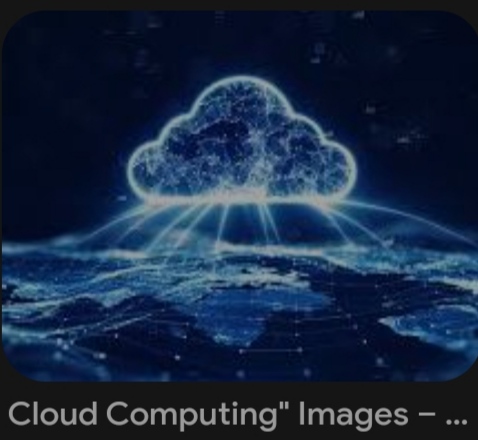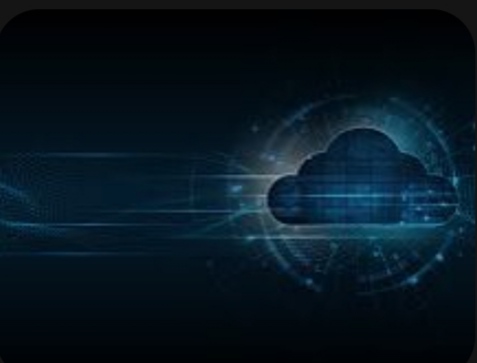Cloud Computing Fundamentals,
Definition of cloud computing,
:History and evolution of cloud computing
Definition of Cloud computing,
Advantages of cloud computing,
Cloud computing shares characteristics with,
Characteristics of Cloud Computing,
Introduction to Cloud Computing:
Definition of Cloud Computing: The term “Cloud Computing” refers to services provided by the cloud that is responsible for delivering of computing services such as servers, storage, databases, networking, software, analytics, intelligence, and more, over the Cloud (Internet). Cloud computing applies a virtualized platform with elastic resources on demand by provisioning hardware, software, and data sets dynamically

Welcome to the History and Evolution of Cloud Computing.
Cloud computing is an evolution of technology over time.The concept of cloud computing dates to the 1950swhen large-scale mainframes with high-volume processing power became available.
In the 1970s, with the release of an operating system called Virtual Machine (VM),it became possible for mainframes to have multiple virtual systems,or virtual machines, on a single physical node.
The virtual machine operating system evolved from the 1950s application of shared access of a mainframe.By allowing multiple distinct computing environments exist on the same physical hardware.

The term “Cloud Computing” refers to services provided by the cloud that is responsible for delivering of computing services such as servers, storage, databases, networking, software, analytics, intelligence, and more, over the Cloud .
Advantages of cloud computing:
1. Cost: It reduces the huge capital costs of buying hardware and software.
2. Speed: Resources can be accessed in minutes, typically within a few clicks.
3. Scalability: We can increase or decrease the requirement of resources according to the business requirements.
4. Productivity: While using cloud computing, we put less operational effort. We do not need to apply patching, as well as no need to maintain hardware and software. So, in this way, the IT team can be more productive and focus on achieving business goals.
5. Reliability: Backup and recovery of data are less expensive and extremely fast for business continuity.
6. Security: Many cloud vendors offer a broad set of policies, technologies, and controls that strengthen our data security.
Characteristics
Cloud computing shares characteristics with:
1. Client–server model—Client–server computing refers broadly to any distributed application that distinguishes between service providers (servers) and service requestors (clients).
2. Grid computing—A form of distributed and parallel computing, whereby a ‘super and virtual computer’ is composed of a cluster of networked, loosely coupled computers acting in concert to perform very large tasks.
3. Fog computing—Distributed computing paradigm that provides data, compute,
storage and application services closer to the client or near-user edge devices, such as
network routers. Furthermore, fog computing handles data at the network level, on
smart devices and on the end-user client-side (e.g., mobile devices), instead of
sending data to a remote location for processing.
4.Mainframe computing—Powerful computers used mainly by large organizations for critical applications, typically bulk data processing such as census; industry and consumer statistics; police and secret intelligence services; enterprise resource planning; and financial transaction processing.
5. Utility computing—The packaging of computing resources, such as computation and storage, as a metered service similar to a traditional public utility, such as electricity.
6 .Peer-to-peer—A distributed architecture without the need for central coordination. Participants are both suppliers and consumers of resources (in contrast to the traditional client-server model).
7. Green computing—Study and practice of environmentally sustainable computing or IT.
8. Cloud sandbox—A live, isolated computer environment in which a program, code or file can run without affecting the application in which it runs.
Characteristics of Cloud Computing
1. Agility for organizations
2. Cost reductions, Centralization of infrastructure in locations with lower costs.
3. Device and location independence, which means no maintenance, required.
4. Pay-per-use means utilization and efficiency improvements for systems that are often only 10–20% utilized.
5. Performances are being monitored by IT experts i.e., from the service provider end.
6. Productivity increases which results in multiple users who can work on the same data simultaneously.
7. Time may be saved as information does not need to be re-entered when fields are matched.
8. Availability improves with the use of multiple redundant sites
9. Scalability and elasticity via dynamic (“on-demand”) provisioning of resources on a fine-grained, self-service basis in near real-time without users having to engineer for peak loads.
10. Self-service interface.
11. Resources that are abstracted or virtualized.
12. Security can improve due to centralization of data.
The National Institute of Standards and Technology’s definition of cloud computing identifies “five essential characteristics”:
1. On-demand self-service.
2. Broad network access.
3. Resource pooling.
4. Rapid elasticity.
5. Measured service.
balrajurockstarbl@gmail.com

Leave a Reply